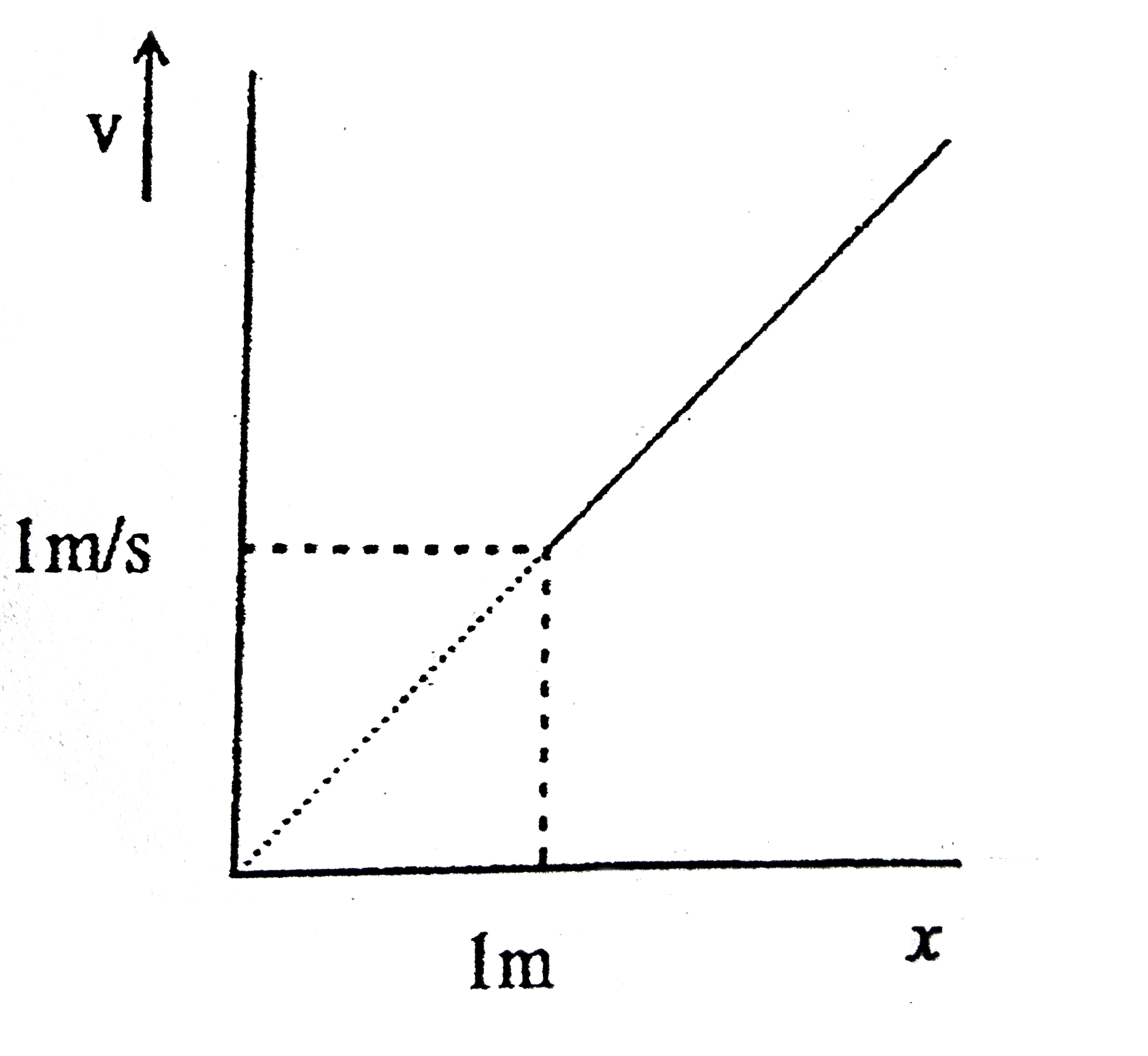A particle moving in a straight line is acted by a force, which works at a constant rate and changes its velocity from u to v in passing over a distance x. The time taken will be -
Step by step video & image solution for A particle moving in a straight line is acted by a force, which works at a constant rate and changes its velocity from u to v in passing over a distance x. The time taken will be - by Physics experts to help you in doubts & scoring excellent marks in Class 12 exams.
Updated on:21/07/2023Topper's Solved these Questions
Similar Questions
A particle moves in a straight line with a constant acceleration.It changes its velocity from 10m/s to 20m/s while covering a distance of 135m in t second.What is the value of t?
View SolutionA particle moves in a straight line with a velocity which varies as the square of distance from a fixed point .Its acceleration varies as the cube of the distance .
View Solution
Knowledge Check
A particle moving in a straight line is acted upon by a force which works at a constant rate and chages ist melocity from (u and v ) over a distance x. Prove that the taken in it is
32(u+v)xu2+v2+uv .At=3x(u+v)2(u2+v2+uv)Bt=3x(u−v)2(u2+v2+uv)Ct=3x(u+v)2(u2+v2−uv)Dt=3x(u+v)2(u2−v2+uv)A particle moves in a straight line with a constant acceleration. It changes its velocity from 10ms−1 to 20ms−1 while passing through a distance 135m in t seconds. The value of t is.
A10B1.8C12D9A particle moves along the straight line y=3x+5. Which coordinate changes at faster rate?
Ax-coordinateBy-coordinateCBoth x and y coordinateDData insufficient.
A particle moves along the straight line y=3x+5. Which coordinate changes at a faster rate ?
View SolutionAverage velocity of a particle moving in a straight line, with constant acceleration a and initial velocity u in first t seconds is.
View SolutionA particle is moving along a straight line parallel to x-axis with constant velocity. Its angular momentum about the origin
View SolutionA particle is moving in a straight line according to graph given below : (a is acceleration, v is velocity, x is position, t is time) :

View SolutionA particle is moving with a constant speed along a straight line path. A force is not requied to
View Solution
